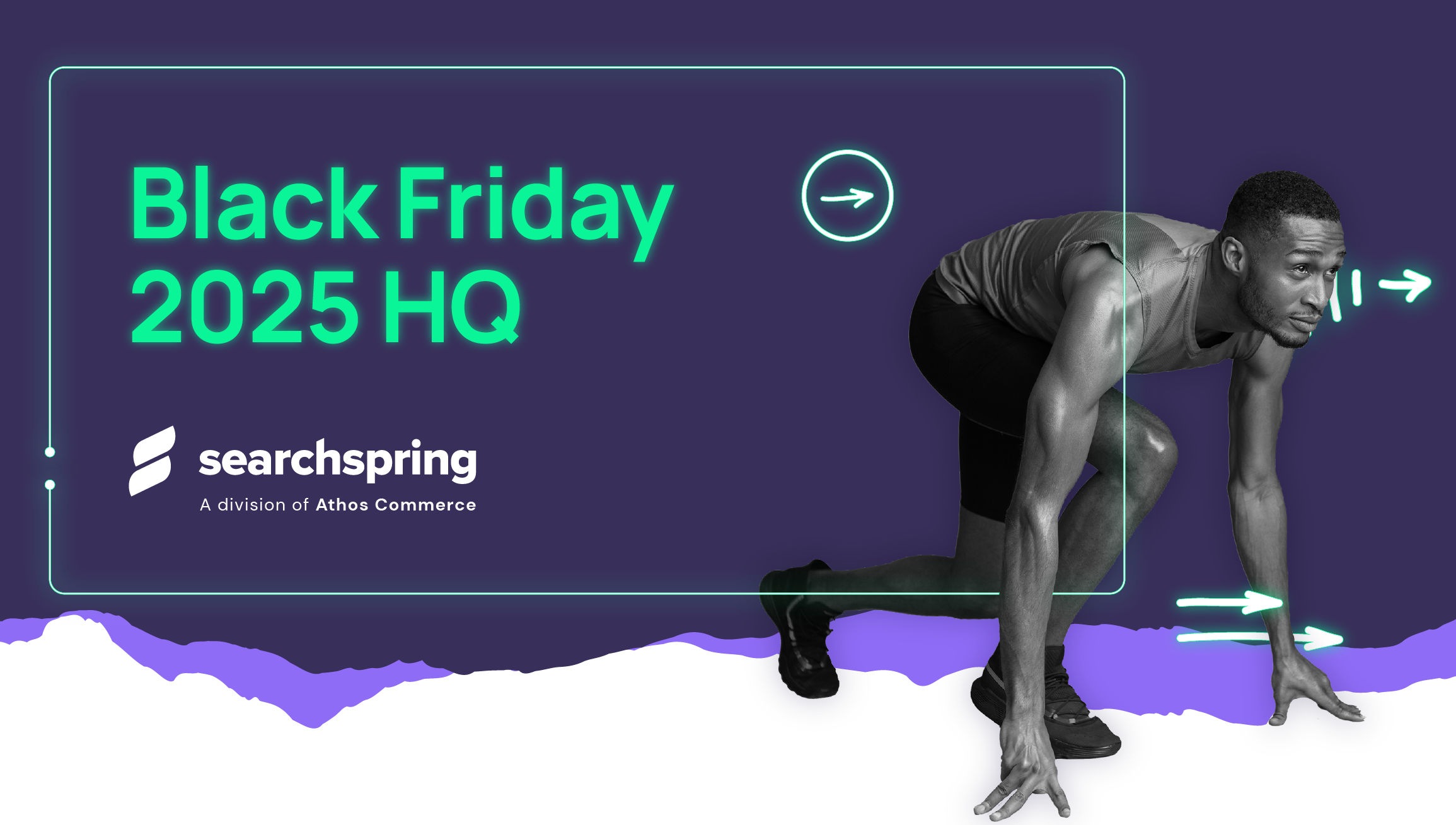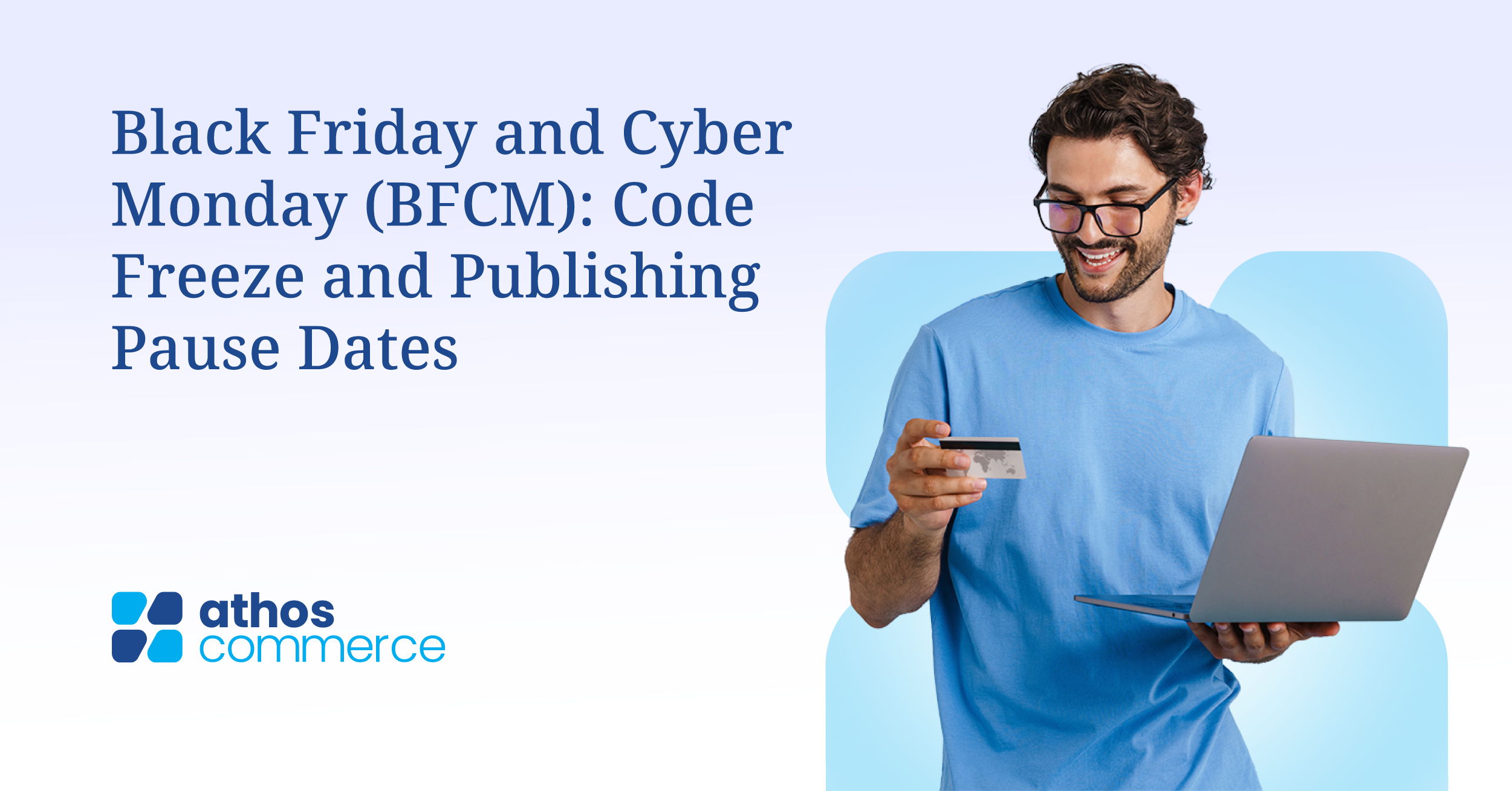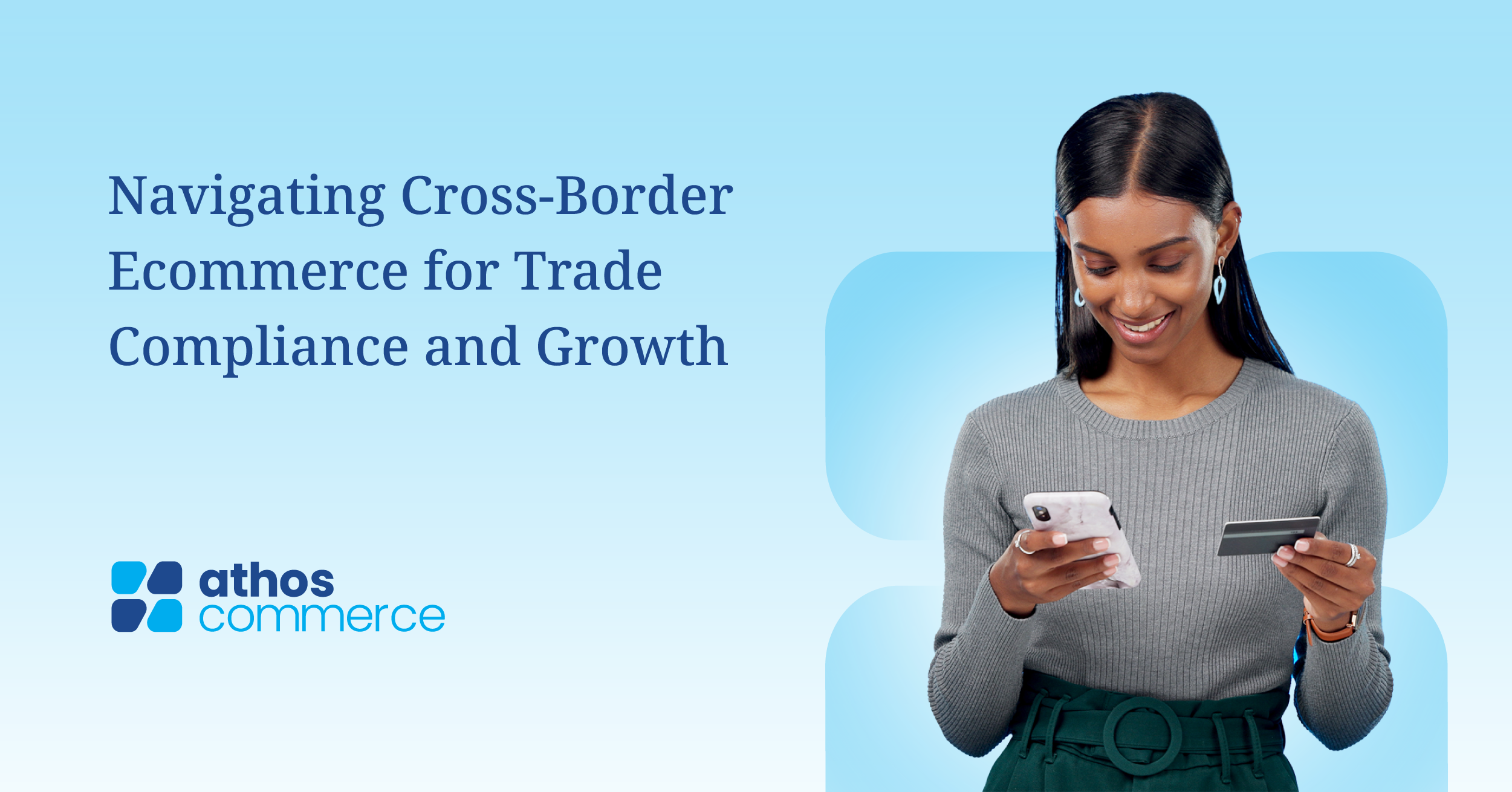Black Friday and Cyber Monday (BFCM) have always been critical moments for online retailers. But in 2025, the BFCM ecommerce playbook looks very different than it did just a few years ago. Rising competition, evolving shopper expectations, and new technologies have reshaped how brands approach their ecommerce strategies as they prepare for peak season.
That was the focus of our recent webinar, “BFCM 2025 – Navigating a New Era of Holiday Readiness.” Experts from Arctic Grey, Nostra, Triple Whale, and Athos Commerce shared strategies for retailers to start earlier, stay more agile, personalize across the journey, and think beyond BFCM itself.
Here are the key takeaways from the discussion.
Start early—holiday readiness begins in July
Retailers can no longer wait until October to finalize holiday campaigns. Many leading brands are now kicking off preparations in July, giving them time to refine strategies, test experiences, and optimize channels well before peak season.
Why does this matter? Shopper attention starts building long before BFCM weekend. Early preparation ensures inventory planning, marketing, and personalization strategies are aligned across channels. By the time shoppers are ready to buy, your systems are already tuned for performance during the online holiday shopping season.
Flexibility is non-negotiable
Regardless of the strength of their plan, retailers must expect the unexpected. From supply chain shifts to last-minute platform updates, flexibility is now a competitive survival strategy.
Modular campaigns and agile merchandising rules that can be easily adapted in real time can make a massive difference in engagement and conversion. If pricing needs to be updated, product visibility shifted, or messaging adjusted, ecommerce teams need the ability to execute those changes instantly without waiting on engineering support. In addition to reducing risk, this type of agility also creates opportunities to seize shopper demand when it spikes.
Test early and often
BFCM 2025 success hinges on continuous testing and optimization. Brands that experiment with A/B tests, campaign variations, and feed optimizations throughout the year are better positioned to scale winning strategies during peak.
Retailers who treat the months leading up to BFCM as a live testing ground enter peak season with proven strategies, not guesswork. Instead of launching untested campaigns during the holidays, leading retailers arrive at November with confidence in what works. Whether it’s product recommendations, promotional bundles, or email sequences, testing creates the playbook for profitable growth.
Personalization across the entire journey
Shoppers expect deals and discounts during BFCM, but they also expect relevance. Far from being just a “nice to have” for BFCM, personalization is a competitive necessity.
The panel highlighted that personalization needs to extend across the entire journey, from off-site acquisition to on-site conversion and through post-purchase retention. Many shoppers begin their journeys through ads, emails, or social commerce platforms. By connecting off-site signals with on-site discovery, retailers can create a seamless and relevant path from the first click to checkout. This continuity ensures shoppers experience relevance at every step—from the very first interaction through to repeat purchases, turning BFCM traffic into repeat buyers and long-term customer relationships.
AI-driven tools make this possible by connecting search behavior, purchase patterns, and product context into real-time personalization at scale. The result is higher conversion during peak and a stronger foundation for retention long after the holiday season.
Real-time visibility is critical
Conditions change by the hour during BFCM. Without real-time data visibility, retailers risk flying blind.
Actionable insights—like zero-result searches, trending products, and conversion metrics—must be available in real time. Retailers who can see what’s happening as it happens can pivot campaigns, adjust recommendations, and capture more revenue.
This visibility also plays a critical role in avoiding friction. Small issues—like out-of-stock items showing in search or irrelevant recommendations—can add up quickly during high-traffic periods. Real-time insight helps ecommerce teams correct course before minor issues snowball into costly failures.
Small frictions add up to big losses
One overlooked challenge in BFCM 2025 readiness is cumulative friction. A slightly slow checkout, a poorly targeted recommendation, or a confusing promotion may not seem like deal-breakers individually, but even minor barriers can quickly lead to abandoned carts when alternatives are just a click away.
To reduce friction, retailers need to streamline discovery and checkout while ensuring personalization feels helpful rather than intrusive. Every interaction should be optimized for speed, clarity, and relevance. In a high-stakes shopping season, the margin between success and abandonment is razor thin.
BFCM as Q5
Another strategic shift for BFCM 2025 is the need to treat this peak shopping period as the launchpad for long-term growth, not just a spike in sales. Think of it as having a “Q5 mindset.”
The holiday season creates an influx of new shoppers, but too many brands treat these purchases as one-off wins. Instead, retailers should see Q5 as the start of a new retention cycle, using post-purchase personalization, loyalty programs, and lifecycle marketing to turn BFCM buyers into long-term customers.
This perspective reframes holiday readiness from chasing a weekend’s revenue to building a pipeline of loyal customers who stay engaged long after peak season.
Bringing it all together
The 2025 holiday season requires more than discounts and traffic spikes. It demands early preparation, agile execution, continuous testing, smarter personalization, real-time data visibility, and a long-term Q5 mindset.
Retailers who approach BFCM this way maximize peak-season revenue and build momentum for retention and growth in the months that follow. Treating BFCM as the starting point of a new customer cycle reframes holiday readiness from a short-term sales push into a strategy for lasting impact.
At Athos Commerce, we help ecommerce teams prepare for moments like BFCM with AI-powered discovery, real-time personalization, dynamic merchandising, and data-driven tools that give retailers sharper control and faster outcomes.
Watch the webinar
Want to dive deeper into these ecommerce strategies? Watch the webinar on-demand to hear directly from experts at Arctic Grey, Nostra, Triple Whale, and Athos Commerce.




